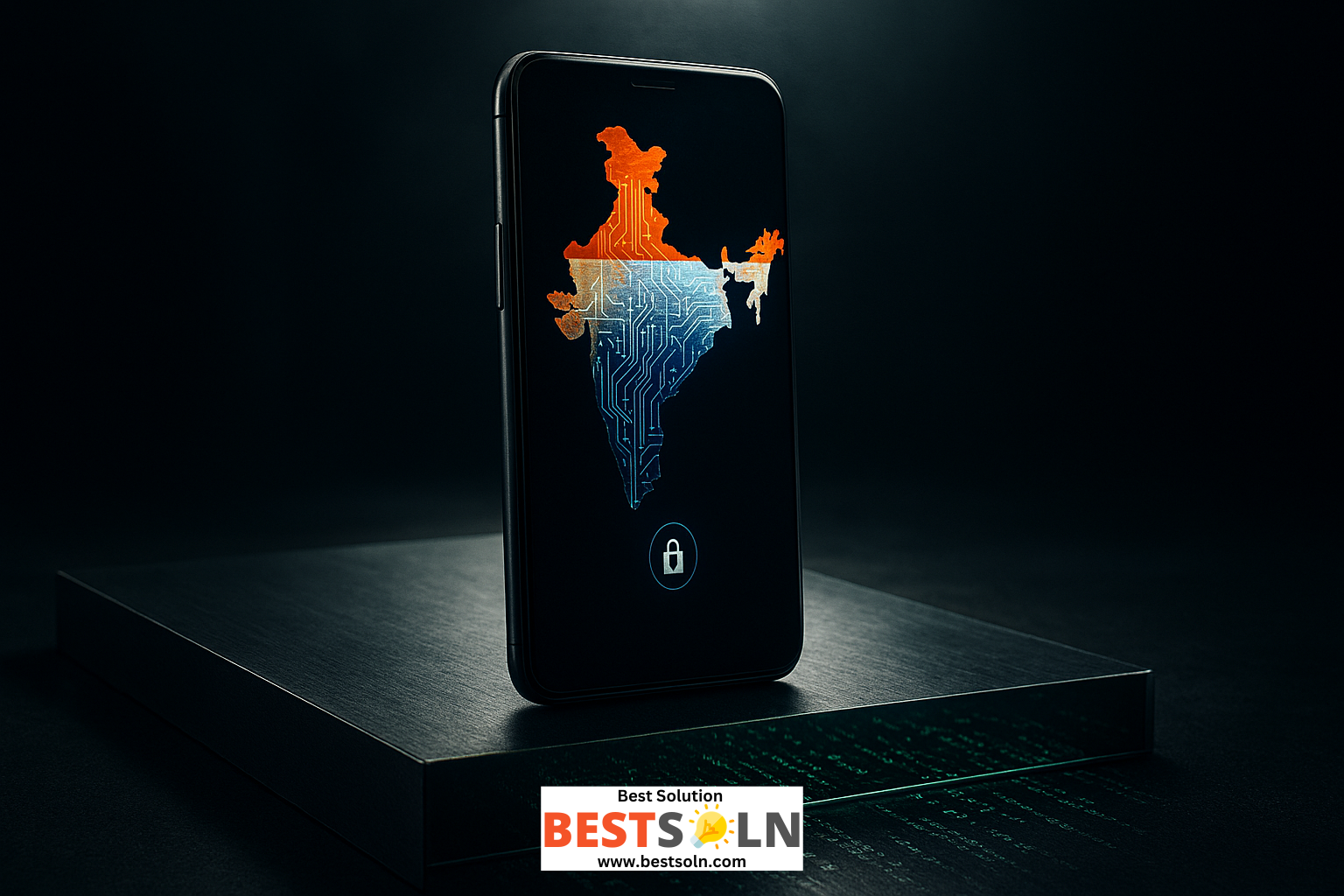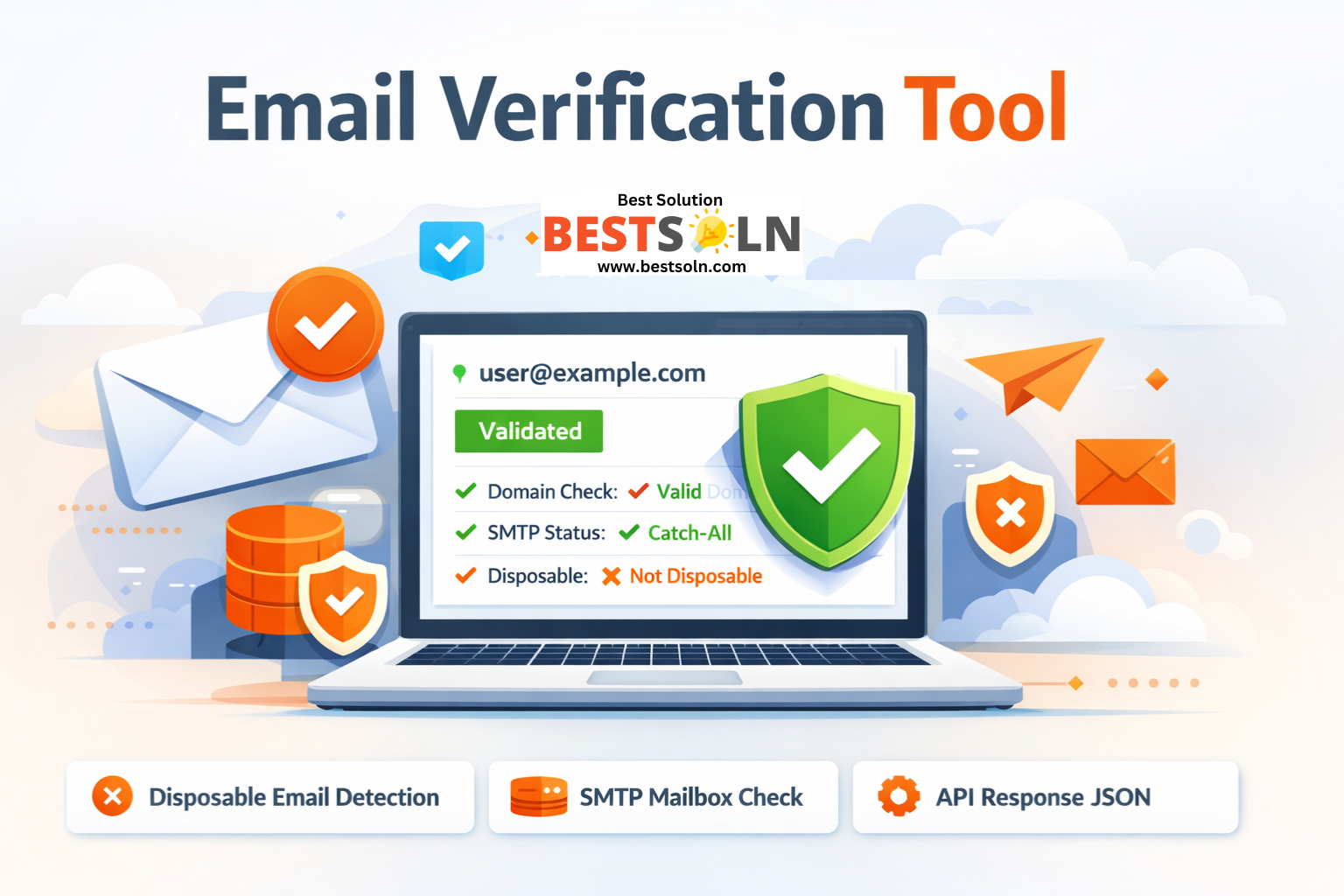- Home
- /
- Courses
- /
- Fundamentals of Intellectual Property
- /
- I. Intellectual Property Management and…
Introduction
Intellectual property (IP) is not merely a legal shield; it is a strategic asset that can drive innovation, fuel economic growth, and transform businesses into global powerhouses. From the licensing deals that bring blockbuster films to streaming platforms to the patent portfolios that secure billions in startup funding, effective IP management and commercialization turn ideas into tangible value. This chapter explores the art and science of managing and monetizing IP, delving into strategies for building robust portfolios, negotiating licensing agreements, and leveraging IP in business growth. Whether you’re an inventor, entrepreneur, or corporate leader, mastering these skills is essential to unlocking the full potential of your intellectual assets.
In a world where intangible assets account for over 90% of the value of S&P 500 companies, according to a 2020 Ocean Tomo study, IP management is a cornerstone of competitive advantage. Commercialization transforms patents, copyrights, trademarks, and trade secrets into revenue streams, market leverage, or innovation catalysts. Yet, the process is fraught with challenges: navigating complex licensing terms, valuing IP accurately, and aligning strategies with business goals. Through real-world examples, legal insights, and practical frameworks, this chapter illuminates how to manage and monetize IP effectively, ensuring creators and businesses thrive in a dynamic global economy.
The Strategic Importance of IP Management
IP management involves identifying, protecting, and leveraging intellectual assets to achieve business objectives. A well-managed IP portfolio can:
- Enhance Market Position: Patents and trademarks differentiate products, as seen with Apple’s iconic designs and brand, valued at $547 billion in Interbrand’s 2024 report.
- Generate Revenue: Licensing agreements, like Qualcomm’s deals for wireless technology patents, yield billions annually.
- Attract Investment: Startups with strong patent portfolios, like SpaceX, secure funding by demonstrating technological edge.
- Mitigate Risks: Robust IP management prevents infringement lawsuits and protects against competitors’ claims.
Effective management requires a strategic approach, aligning IP with business goals, whether it’s market expansion, innovation leadership, or brand equity.
Building and Managing an IP Portfolio
An IP portfolio is a collection of patents, copyrights, trademarks, and trade secrets owned by an entity. Building a strong portfolio involves:
- Identification: Auditing existing IP assets, including inventions, creative works, brands, and confidential information. For example, a tech startup might identify patentable algorithms or trademarkable logos.
- Protection: Securing legal protections through patent filings, copyright registrations, or NDAs. IBM, with over 100,000 patents, maintains a disciplined filing strategy to protect its innovations.
- Evaluation: Assessing the portfolio’s strength and relevance. This includes pruning weak or outdated IP to reduce maintenance costs, as Microsoft does with its patent portfolio.
- Monitoring: Tracking competitors’ IP and market trends to identify opportunities or risks. Tools like Clarivate’s Derwent or USPTO’s Patent Public Search aid this process.
Portfolio management varies by industry. Pharmaceutical companies prioritize patent quality to protect high-value drugs, while fashion brands focus on trademarks to safeguard brand identity.
Licensing as a Commercialization Strategy
Licensing is a primary method for monetizing IP, allowing third parties to use IP under defined terms in exchange for royalties or fees. Licensing agreements specify:
- Scope: What rights are granted (e.g., exclusive or non-exclusive, geographic limits)?
- Duration: The term of the license, often tied to IP duration (e.g., patent term).
- Royalties: Payment structures, such as fixed fees or percentage-based royalties (e.g., 5% of sales).
- Quality Control: For trademarks, ensuring licensed products meet brand standards, as Disney requires for its character merchandise.
For example, Warner Bros. licenses its Harry Potter franchise for films, games, and theme parks, generating billions in revenue. Cross-licensing, common in tech, allows companies like Apple and Microsoft to share patents, reducing litigation risks.
IP Valuation and Due Diligence
Valuing IP is critical for licensing, sales, or mergers and acquisitions (M&A). Methods include:
- Cost Approach: Estimating development or replacement costs, suitable for early-stage IP.
- Market Approach: Compared to similar IP transactions, like patent sales in the tech sector.
- Income Approach: Projecting future revenue from licensing or product sales, as used to value Pfizer’s vaccine patents.
In M&A, IP due diligence ensures assets are valid, enforceable, and free of disputes. Google’s $12.5 billion acquisition of Motorola Mobility in 2011 was driven by Motorola’s 17,000 patents, highlighting IP’s role in deal valuation. Inaccurate valuation or overlooked infringements can derail deals, as seen in failed biotech acquisitions due to patent disputes.
Technology Transfer and University IP
Universities are prolific IP creators, particularly in patents and copyrights. Technology transfer offices (TTOs) manage the commercialization of academic IP through licensing or spin-off companies. For example, Stanford’s licensing of the PageRank algorithm to Google in 1998, for stock later worth billions, is a landmark case.
University IP policies balance academic openness with commercial incentives. The U.S. Bayh-Dole Act (1980) allows universities to own and license federally funded research, driving innovations like the hepatitis B vaccine. However, critics argue that commercialization can prioritize profit over public access, sparking ethical debates.
IP in Startups and Small Businesses
For startups, IP is a lifeline for attracting investment and competing with larger players. A strong patent portfolio signals innovation, as seen with Theranos, which raised $700 million partly on its patent filings (though later discredited). Trademarks build brand recognition, while trade secrets protect early-stage processes.
Challenges include limited resources for IP filings or enforcement. Strategies include:
- Prioritizing Key Assets: Filing for patents or trademarks only for core innovations or brands.
- Leveraging Provisional Patents: Cost-effective placeholders for startups to secure priority dates.
- Strategic Partnerships: Licensing IP to larger firms for revenue and market access.
Global Considerations in IP Commercialization
Global markets amplify IP commercialization opportunities but introduce complexities:
- International Licensing: Agreements must account for varying IP laws across jurisdictions. For instance, a U.S. patent license may not apply in China unless the patent is registered there. The Madrid Protocol simplifies trademark licensing globally, but differences in enforcement—such as China’s “first-to-file” trademark system versus the U.S.’s “first-to-use” approach—require tailored strategies. Cultural nuances also matter; a brand name like “Nova” (meaning “no go” in Spanish) failed in Latin American markets due to poor localization.
- Cross-Border Enforcement: Licensing across borders demands robust enforcement mechanisms. The TRIPS Agreement mandates minimum IP protections, but enforcement varies. For example, India’s patent law allows compulsory licensing for pharmaceuticals, impacting global licensing deals for companies like Novartis.
- Currency and Tax Considerations: International licensing involves exchange rate risks and tax implications, such as withholding taxes on royalties. Companies like Qualcomm navigate these by structuring deals through tax-friendly jurisdictions like Ireland.
- Cultural and Market Fit: Licensing IP globally requires adapting to local markets. Disney’s success in licensing Frozen merchandise globally stems from tailoring products to cultural preferences, like emphasizing different characters in Asian markets.
Global IP commercialization offers vast opportunities but demands careful navigation of legal, economic, and cultural landscapes.
Ethical and Strategic Considerations
IP management and commercialization raise ethical questions. Overly aggressive strategies, such as patent thickets (filing numerous overlapping patents to block competitors), can stifle innovation, as seen in pharmaceutical companies delaying generic drug entry. Similarly, excessive trademark licensing can dilute brand identity, as some argue happened with Pierre Cardin’s over-licensed brand in the 1980s.
Strategically, businesses must balance short-term gains (e.g., licensing royalties) with long-term goals (e.g., brand exclusivity). Startups must decide whether to license IP to larger firms or build their own market presence. For instance, Tesla’s 2014 decision to open-source some patents aimed to expand the electric vehicle market, prioritizing industry growth over exclusive control.
Case Studies in IP Management and Commercialization
Consider Disney’s IP empire, which generates billions through the strategic management of its copyrights and trademarks. Disney licenses its characters for films, merchandise, and theme parks, with its Star Wars franchise alone valued at $4 billion upon acquisition in 2012. Its meticulous brand control ensures consistency, from Mickey Mouse toys to Marvel movies, demonstrating the power of integrated IP strategies.
Another example is Qualcomm’s patent licensing model. Qualcomm’s portfolio of over 130,000 patents in wireless technology generates $7 billion annually in licensing revenue. Its cross-licensing deals with Apple and Samsung reduce litigation risks while ensuring steady income, showcasing effective patent monetization.
Practical Tools and Strategies
To succeed in IP management and commercialization, businesses can employ:
- IP Audits: Regular reviews to identify and prioritize assets, as IBM does to maintain its patent leadership.
- Licensing Software: Tools like Anaqua or Inteum streamline licensing agreement tracking and royalty management.
- Market Analysis: Using data analytics to assess IP value and market potential, as practiced by pharmaceutical firms evaluating drug patents.
- Legal Expertise: Engaging IP attorneys to draft airtight licensing agreements and conduct due diligence, critical in high-stakes M&A deals.
Small businesses can leverage cost-effective tools like provisional patents or Creative Commons licenses for copyrights, while large firms invest in global IP portfolios and enforcement teams.
Future Trends in IP Management
Emerging trends are reshaping IP commercialization:
- Artificial Intelligence (AI): AI tools analyze patent landscapes or predict licensing revenue, but AI-generated IP raises ownership questions. Companies like IBM use AI to optimize their portfolios.
- Blockchain: Blockchain-based smart contracts automate licensing payments, as seen in music industry experiments with NFT royalties.
- Sustainability: IP strategies increasingly align with ESG (Environmental, Social, Governance) goals, such as licensing green technologies to address climate change, as Tesla has done with battery patents.
- Global Expansion: As markets like India and Africa grow, companies are tailoring IP strategies to emerging economies, balancing protection with local access needs.
These trends underscore the need for adaptive, forward-thinking IP management to stay competitive.
Recommended Readings
- World Intellectual Property Organization (WIPO). (2004). WIPO Intellectual Property Handbook. Chapter 9 offers insights into IP commercialization strategies, available at wipo.int.
- Palfrey, J. (2011). Intellectual Property Strategy. A practical guide to managing and monetizing IP for businesses and creators.
- Rooksby, J. H. (2016). The Branding of the American Mind: How Universities Capture, Manage, and Monetize Intellectual Property. Explores university IP commercialization, with case studies like Stanford’s Google licensing.
- WIPO. (2017). WIPO Guide to Intellectual Property Commercialization. A detailed resource on licensing and valuation, available at wipo.int.
- Harvard Business Review. (2016). “The New Patent Intermediaries: Platforms, Defensive Aggregators, and Super-Aggregators.” Analyzes modern IP monetization models available at hbr.org.
Conclusion
Intellectual property management and commercialization transform ideas into economic and strategic assets, driving innovation and market success. This chapter has explored the strategies, tools, and challenges of building IP portfolios, licensing assets, and navigating global markets. From Disney’s multimedia empire to Qualcomm’s patent-driven revenue, effective IP management is a cornerstone of modern business. As emerging technologies like AI and blockchain reshape the landscape, mastering these skills is critical for creators and companies to unlock value and stay competitive. The next chapter will conclude our journey with a capstone exploration, synthesizing IP’s role in shaping the future of innovation and society.



















